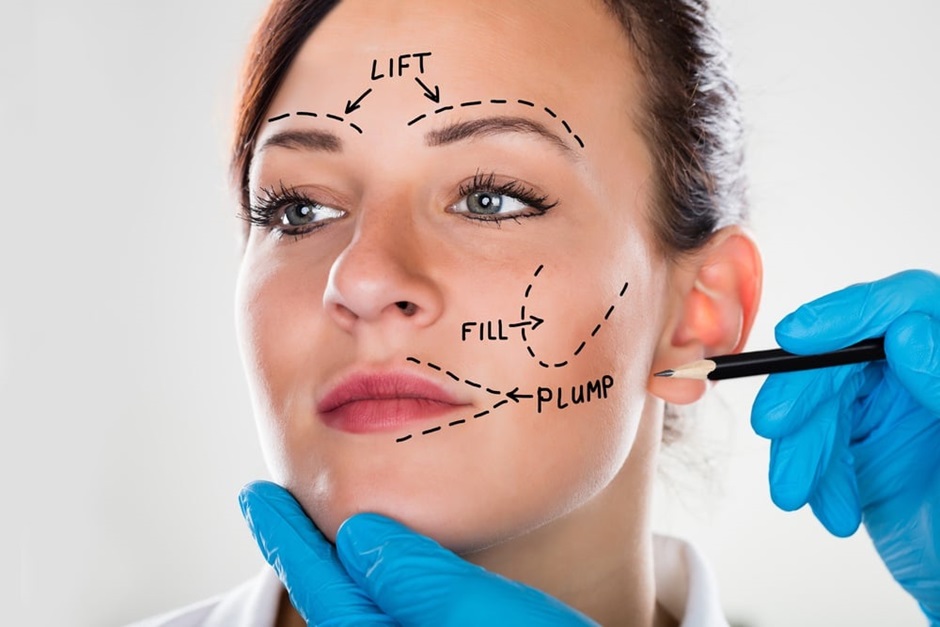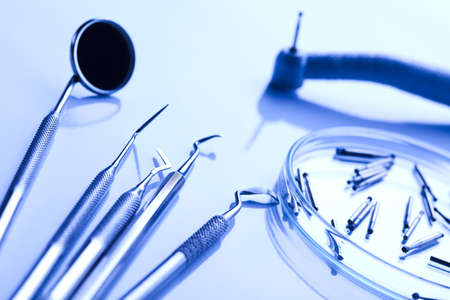
How to Prepare for a Facelift Procedure
A facelift is a transformative journey that can rejuvenate your appearance and boost your confidence. As you contemplate this significant step, understanding how to prepare effectively can make all the difference between a seamless experience and one fraught with avoidable hiccups. Whether you’re driven by the desire to reverse the signs of aging or to enhance your natural features, embarking on this journey well-informed and well-prepared is key to achieving the best possible outcome. Let’s delve into the essential steps to ensure your facelift journey is smooth, safe, and successful.
Initial Consultation
The journey towards a facelift begins with an in-depth consultation with a plastic surgeon. If you’re residing in or around Long Beach, some amazing surgeons are offering professional services for facelift Long Beach. This initial visit is crucial for both you and the surgeon to discuss and evaluate several factors:
Medical History and Exam
Be prepared to provide a comprehensive overview of your medical history. This includes past and present medical conditions, previous surgeries (including plastic surgeries), and any complications that may have arisen from them. It’s also essential to disclose your history of smoking, drug use, and alcohol consumption. Your surgeon will conduct a physical exam and may request records from your healthcare provider. If there are concerns about your ability to undergo surgery, a specialist consultation may be recommended.
Medication Review
You’ll need to provide a detailed list of all medications you are currently taking. This includes prescription and nonprescription drugs, herbal medications, vitamins, and other dietary supplements. This information is critical for the surgeon to ensure there are no adverse reactions or complications during the procedure.
Facial Exam
Your plastic surgeon will conduct a thorough examination of your face, taking photos from various angles and close-ups of specific features. The examination will assess your bone structure, face shape, fat distribution, and skin quality. These details help the surgeon determine the best surgical approach for your facelift.
Setting Expectations
A clear discussion about your expectations from the facelift is vital. The surgeon will explain the realistic outcomes of the surgery, addressing what can and cannot be achieved. For example, while a facelift can significantly reduce sagging and improve the contour of your face, it may not address fine wrinkles or facial imbalances.
Pre-Surgery Instructions
In the weeks leading up to your facelift, you will receive specific instructions to ensure you are in the best possible condition for surgery:
Medication Guidelines
You’ll be given a list of medications to avoid before the surgery, particularly those that can thin the blood, such as aspirin, anti-inflammatory drugs, and certain supplements. These should generally be stopped at least two weeks before the procedure. Your surgeon will advise which medications you can continue taking and any necessary dosage adjustments.
Hygiene Preparation
On the morning of your surgery, you will likely be instructed to wash your face and hair with a germicidal soap. This step helps minimize the risk of infection during and after the procedure.
Fasting
You will be asked to avoid eating anything after midnight on the night before your surgery. However, you can drink water and take any medications approved by your surgeon.
Post-Surgery Arrangements
After the surgery, your immediate care and comfort are paramount:
Transportation and Assistance
Facelifts are often performed as outpatient procedures, meaning you can go home the same day. Ensure you have someone to drive you home after the surgery. Additionally, it’s crucial to arrange for someone to stay with you on the first night post-surgery to assist with any immediate needs and ensure you are comfortable.
Recovery Planning
Plan for a restful recovery period. Stock up on essential items, prepare a comfortable resting area, and have easy-to-eat meals ready. Follow your surgeon’s post-operative care instructions meticulously to promote healing and achieve the best results.
Conclusion
Preparing for a facelift involves thorough planning and open communication with your plastic surgeon. By understanding and following the necessary steps, from the initial consultation to post-surgery care, you can enhance your surgical experience and maximize the success of your facelift. Always adhere to your surgeon’s guidelines and prioritize your health and well-being throughout the process.


















